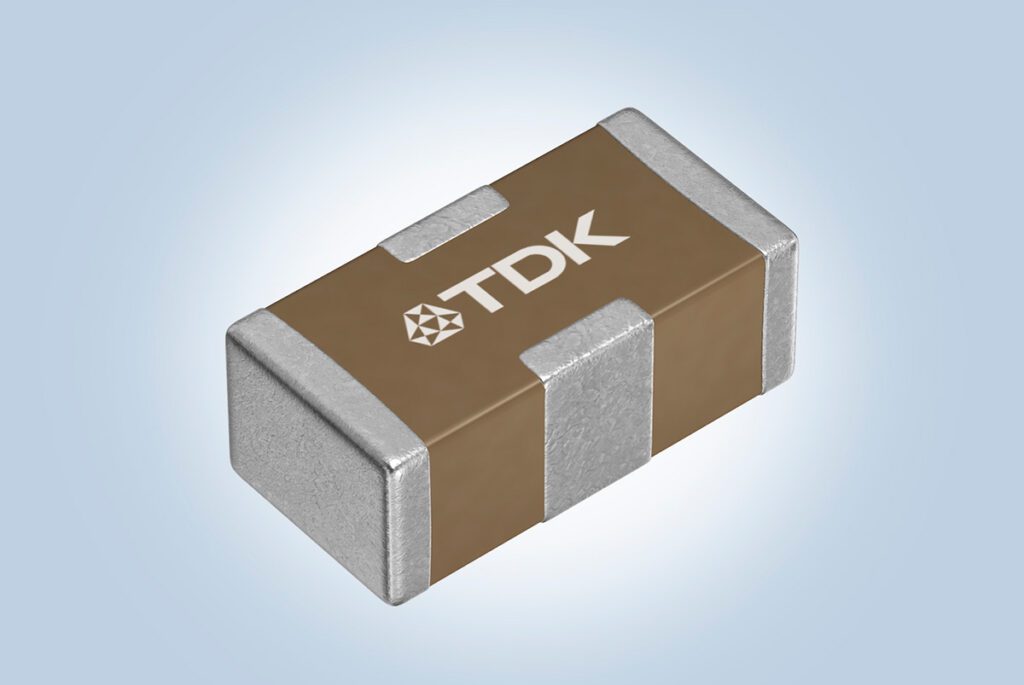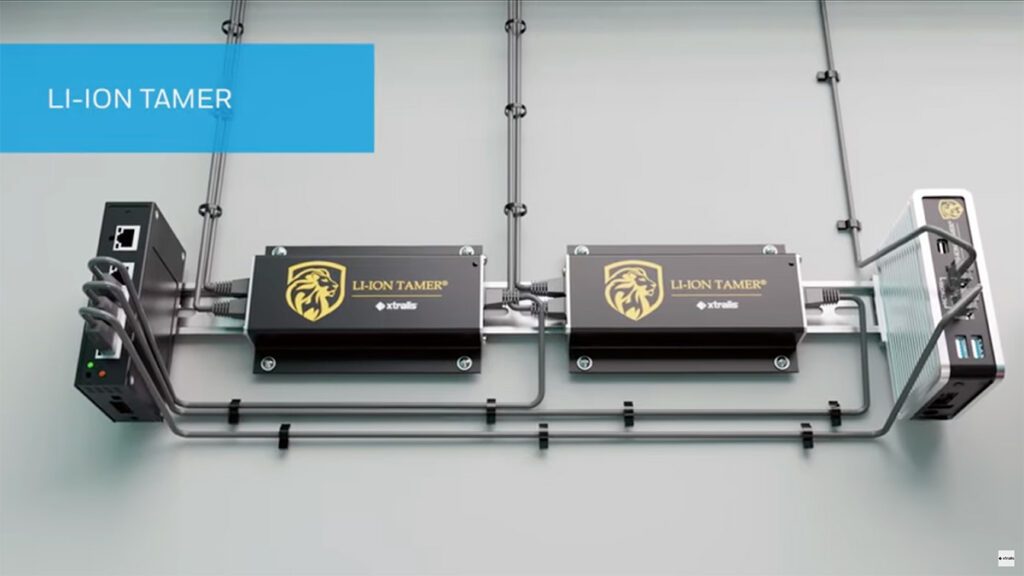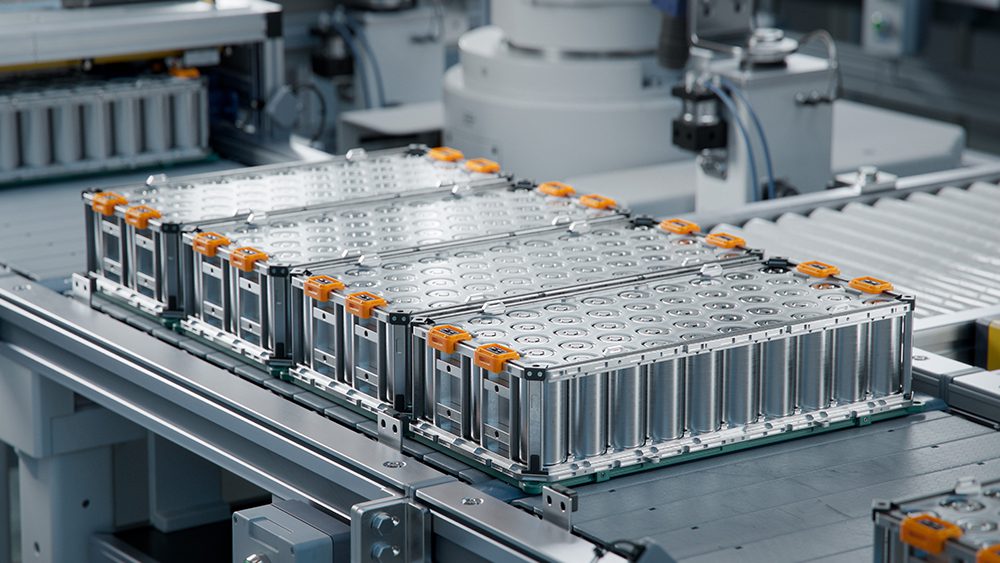Swedish battery maker Northvolt is launching a new program, Revolt, that is devoted to recycling lithium-ion batteries.
It plans to bring a pilot recycling plant online in Västerås, Sweden, in 2020, next to its existing manufacturing plant. The plant will handle NMC and NCA Li-ion chemistries. It will serve as a platform for developing and validating the recycling process, and will target an initial recycling capacity of 100 tons per year.
Northvolt’s ultimate goal is to source 50% of materials in new cells from recycled materials by 2030. To meet the target, it is planning a phased build-up in capacity. The first block will be operational in 2022 with capacity to recycle approximately 25,000 tons of battery cells per year.
Over the last two years, Northvolt has been developing methods for key processes required for recycling lithium-ion batteries. For example, Northvolt and researchers at Sweden’s Chalmers University of Technology have optimized a hydrometallurgical treatment to recover valuable metals – including lithium, nickel, manganese and cobalt – from end-of-life batteries.
Peter Carlsson, CEO of Northvolt, commented, “It is clear that recycling batteries at end-of-life is critical to delivering a comprehensive model for sustainable lithium-ion batteries. With this program Northvolt will be able to recover valuable materials from cells and return them to manufacturing flows. Recycling will reduce the need for mining raw materials, improve security of supply and lower the environmental footprint of Northvolt cells by reducing mining-related emissions.”
Source: Northvolt




















































































